Home>Furniture>Living Room Furniture>What Is The Best Bean Bag Filler
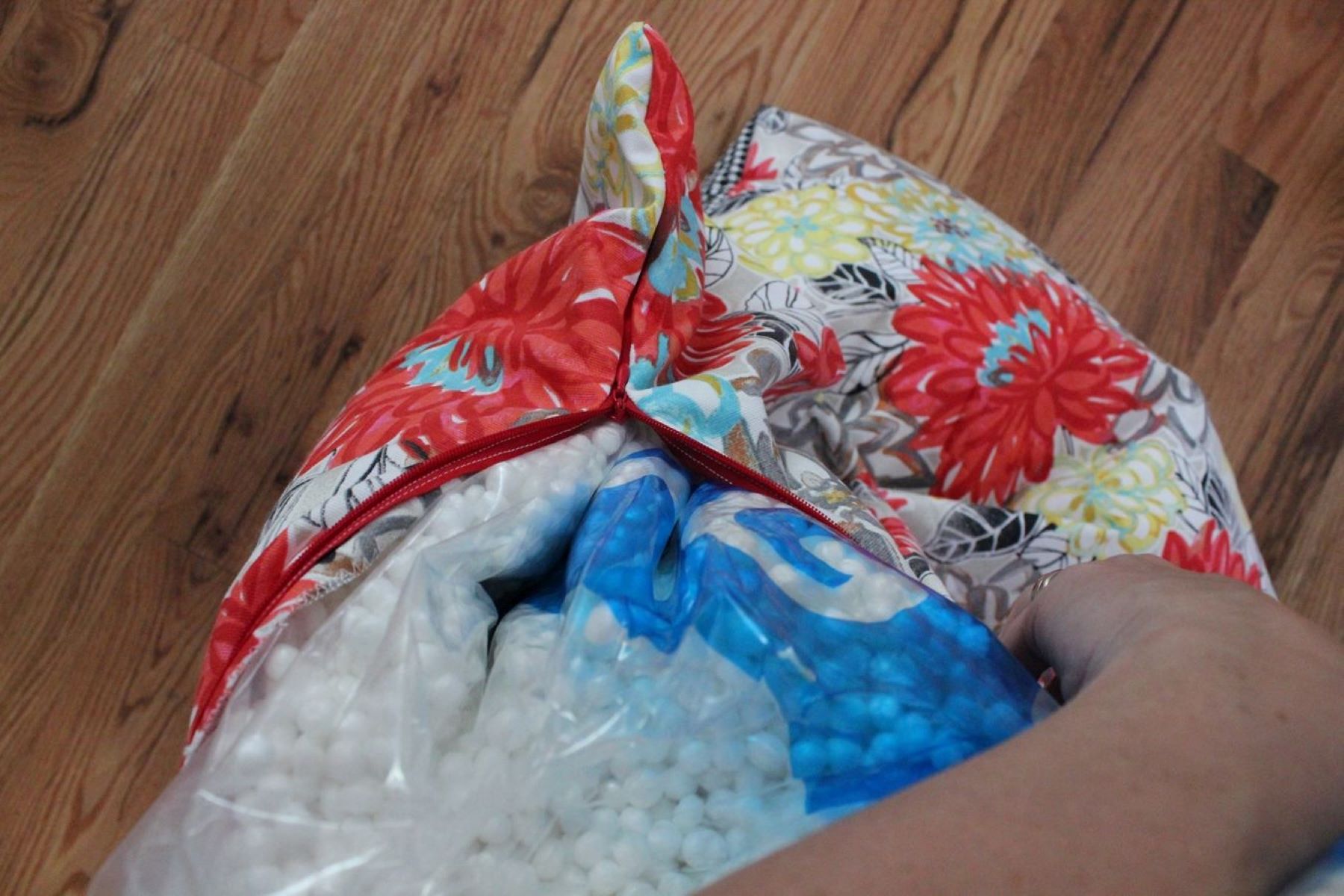

Living Room Furniture
What Is The Best Bean Bag Filler
Modified: March 16, 2024
Looking to find the top bean bag filler for your living room furniture? Discover the best options and make your cozy corner even more comfortable.
(Many of the links in this article redirect to a specific reviewed product. Your purchase of these products through affiliate links helps to generate commission for Storables.com, at no extra cost. Learn more)
Introduction
Bean bags have become a popular and versatile piece of furniture for modern living rooms. They offer a comfortable and casual seating option that can easily be moved around and adjusted to fit different body shapes and positions. One of the key factors that determine the comfort and longevity of a bean bag is the choice of filler material.
In this article, we will explore the different types of bean bag fillers available in the market and discuss the factors to consider when choosing the best filler for your living room bean bag. By understanding the benefits and drawbacks of each filler option, you can make an informed decision that aligns with your preferences and budget.
Key Takeaways:
- Choose a bean bag filler based on your comfort preferences, durability, allergies, eco-friendliness, and budget. Consider factors like firmness, conformability, and even distribution for a cozy and supportive seating experience.
- Opt for eco-friendly and hypoallergenic fillers to minimize environmental impact and ensure a safe seating experience. Balance cost and quality to find the perfect filler for your bean bag, creating a comfortable and sustainable living room space.
Read more: What Is Bean Bag
Types of Bean Bag Fillers
When it comes to bean bag fillers, there are several options to choose from. Each type of filler has its own unique characteristics and benefits. Let’s explore some of the most common types:
- Polystyrene Beads: Polystyrene beads are small, lightweight, and affordable. They provide excellent insulation and contouring, allowing the bean bag to mold to your body shape. However, over time, these beads may compress and lose some of their volume, leading to a reduction in overall comfort.
- Memory Foam: Memory foam is known for its ability to conform to the shape of the body and provide excellent support. It returns to its original shape after use and offers long-lasting comfort. However, memory foam fillers can be more expensive compared to other options.
- Shredded Foam: Shredded foam fillers consist of small pieces of foam that can be easily manipulated to fit your comfort needs. They offer a good balance of support and comfort. However, over time, shredded foam may compress and lose some of its bounce.
- Microbeads: Microbeads are tiny, smooth beads that are often used in travel pillows and bean bags. They provide uniform support and a soft, luxurious feel. However, they may flatten over time and may not be as durable as other filler options.
- Organic Materials: Some bean bags are filled with organic materials such as beans, rice, or buckwheat hulls. These natural fillers are eco-friendly and biodegradable. They provide a unique and rustic feel, but they may not offer the same level of comfort and support as synthetic fillers.
Each type of filler has its pros and cons. Consider your preferences, budget, and the level of comfort and support you desire when choosing the filler material for your bean bag. Next, we will discuss the factors to consider when selecting the best bean bag filler for your living room.
Polystyrene Beads
Polystyrene beads are one of the most common and popular filler materials used in bean bags. These small, lightweight beads are made from expanded polystyrene, which is a type of plastic foam. Here are some key considerations when using polystyrene beads as bean bag fillers:
- Comfort: Polystyrene beads offer excellent comfort and support. They have a soft and smooth texture, allowing the bean bag to mold to your body shape. This ensures a cozy and snug seating experience.
- Durability: Polystyrene beads are generally long-lasting and retain their shape well. However, over time, they may compress and lose some of their volume, which can affect the comfort level. Regular fluffing and reshaping can help maintain the bean bag’s fullness.
- Lightweight: One of the advantages of polystyrene beads is their lightweight nature. This makes it easy to move and adjust the bean bag according to your preference. Whether you want to lie down, sit upright, or snuggle up, the bean bag can be easily repositioned.
- Affordability: Polystyrene beads are relatively inexpensive compared to other filler materials. This makes them a cost-effective option for those on a budget. You can find bean bags filled with polystyrene beads in a range of prices, allowing you to choose one that fits your budget.
It’s worth noting that some people may have concerns about the environmental impact of polystyrene due to its non-biodegradable nature. However, many manufacturers now offer eco-friendly options, using recycled or biodegradable polystyrene beads to minimize environmental impact.
Overall, polystyrene beads are a versatile filler option for bean bags. They offer a comfortable and customizable seating experience, regardless of your body shape or preferred sitting position. With proper care and regular fluffing, a bean bag filled with polystyrene beads can provide many years of cozy enjoyment in your living room.
Memory Foam
Memory foam has gained immense popularity in recent years for its ability to provide exceptional comfort and support. Originally developed for NASA, memory foam is a high-density material that reacts and molds to the shape of your body, offering personalized comfort. Here are some key factors to consider when using memory foam as a bean bag filler:
- Comfort: Memory foam is known for its outstanding comfort. It contours to your body, relieving pressure points and providing support where you need it the most. It offers a luxurious and enveloping feel, allowing you to sink into the bean bag and relax.
- Durability: Memory foam is highly durable and resilient. It retains its shape well and can withstand repeated use without losing its supportive properties. This means that your bean bag filled with memory foam will maintain its comfort and shape for a long time.
- Support: The unique feature of memory foam is its ability to respond to body heat and weight. It evenly distributes your weight across the surface, reducing strain on pressure points and promoting proper spinal alignment. This makes memory foam an excellent choice for individuals who suffer from back or joint pain.
- Price: Memory foam fillers tend to be more expensive compared to other options. However, considering their comfort and durability, many find the investment worthwhile. If you prioritize optimum comfort and support, memory foam can be a great choice for your bean bag.
It’s important to note that memory foam can retain heat, which may cause the bean bag to become warm, especially in hot climates or during prolonged use. Some manufacturers address this issue by incorporating cooling properties in the memory foam or using breathable covers to enhance airflow.
If you prefer a bean bag with a firmer and more supportive feel, memory foam fillers are an excellent option. Their ability to conform to your body shape ensures a personalized and comfortable seating experience, making your living room the perfect place to relax and unwind.
Shredded Foam
Shredded foam fillers provide a unique blend of comfort and flexibility, making them a popular choice for bean bags. Instead of using solid foam blocks, shredded foam consists of small pieces of foam that can easily conform to your body shape. Here are some important considerations when using shredded foam as a bean bag filler:
- Comfort: Shredded foam offers a comfortable and supportive seating experience. The small foam pieces can adapt to your body contours, providing a plush and custom-fit feel. This allows for better weight distribution, reducing pressure points and promoting relaxation.
- Durability: While shredded foam fillers are generally durable, they may compress and lose some of their bounce over time. Regular fluffing and reshaping can help maintain the bean bag’s fullness and extend its lifespan. It’s worth noting that some manufacturers offer higher-density shredded foam, which tends to retain its shape better.
- Flexibility: Shredded foam allows for greater flexibility and adjustability compared to solid foam fillers. You can easily manipulate the foam to find the perfect level of support for your comfort preferences. Whether you prefer a firmer or softer seating experience, shredded foam allows you to customize it to your liking.
- Affordability: Shredded foam fillers are generally more affordable compared to memory foam options. This makes them a cost-effective choice for those who want the benefits of foam filling without breaking the bank. You can find bean bags with shredded foam fillers in a range of prices to suit your budget.
One potential concern with shredded foam fillers is the possibility of clumping or uneven distribution of the foam pieces within the bean bag. This can affect the overall comfort and support provided. However, many manufacturers address this issue by using high-quality shredded foam and incorporating inner liners or baffles to prevent clumping and promote even distribution.
If you prefer a bean bag that offers customizable comfort, flexibility, and value for money, shredded foam fillers are an excellent choice. Their ability to conform to your body shape ensures a cozy seating experience, making your living room a comfortable haven to relax and unwind.
Read more: What To Fill A Bean Bag With
Microbeads
Microbeads are tiny, smooth beads that are often used as fillers in various products, including bean bags. These beads are typically made of polystyrene or plastic and provide unique benefits and characteristics. Here are some important considerations when using microbeads as a bean bag filler:
- Comfort: Microbeads offer a soft and luxurious seating experience. They have a smooth texture that feels gentle against the body. The beads conform to your shape, providing a supportive and ergonomic sitting position. Many people appreciate the cozy and enveloping feel that microbead-filled bean bags offer.
- Durability: Microbeads can provide long-lasting comfort, but they have the potential to flatten over time. Frequent use can cause the beads to compress, reducing their supportive qualities. Regular fluffing and reshaping can help maintain the original fullness of the bean bag over an extended period.
- Uniform Support: Microbeads distribute weight evenly, providing consistent support across the entire surface of the bean bag. This helps alleviate pressure points, ensuring a comfortable sitting experience. It also allows for easy adjustment and repositioning of the beads to find the perfect level of comfort.
- Softness: The softness of microbeads can be both a benefit and a drawback, depending on personal preference. Some people may find that the bean bag feels too soft or lacks sufficient firmness for their liking. However, others enjoy the plush and cushioned feel that microbeads provide.
It’s important to note that microbeads have received some criticism due to their potential environmental impact. Traditional microbeads made from plastic can have adverse effects on marine life and ecosystems when they enter water systems. However, many bean bag manufacturers now offer eco-friendly alternatives, using biodegradable or recycled microbeads to minimize environmental harm.
Overall, microbeads provide a unique seating experience with their softness and conformity to the body. If you prioritize comfort and enjoy the plush feel of a bean bag, microbead fillers can be a great choice for your living room.
Organic Materials (Such as Beans, Rice, etc.)
While synthetic fillers like foam and beads are commonly used in bean bags, some people prefer the natural and rustic feel of organic materials. Beans, rice, buckwheat hulls, and other similar organic fillers can be used to create a unique seating experience. Here are some important considerations when using organic materials as a bean bag filler:
- Eco-Friendliness: Organic fillers are biodegradable and have a minimal impact on the environment. They can be composted or reused in various ways, making them a sustainable option. If you are conscious about reducing your ecological footprint, organic materials can align well with your values.
- Comfort: The comfort level provided by organic fillers can vary depending on the specific material used. For example, beans or rice may offer a firmer feel, while buckwheat hulls can provide a more moldable and supportive seating experience. It’s important to choose a filler that matches your comfort preferences.
- Durability: Organic fillers may not have the same level of durability as synthetic fillers. They may break down or lose their shape over time, especially with frequent use. Regular maintenance, such as refilling and reshaping, may be necessary to ensure the longevity of the bean bag.
- Natural Aesthetics: Organic-filled bean bags often have a rustic and natural look that can complement various decor styles. They add a touch of charm and warmth to living rooms, creating a cozy and inviting atmosphere.
- Availability and Cost: Organic materials are generally more accessible and affordable compared to synthetic fillers. Beans, rice, and buckwheat hulls are widely available and can be purchased in bulk at relatively low cost. This makes them an attractive option for those on a budget.
It’s important to note that while organic fillers can offer a unique seating experience, they may not provide the same level of support and longevity as synthetic fillers. The choice between organic and synthetic fillers ultimately depends on your personal preferences for comfort, sustainability, and aesthetics.
If you value sustainability, appreciate a natural aesthetic, and prefer a bean bag with a firmer or moldable feel, organic fillers such as beans, rice, or buckwheat hulls may be the perfect choice for your living room.
When choosing a bean bag filler, consider the level of comfort and support you want. Polystyrene beads are lightweight and mold to your body, while shredded foam provides a more supportive and firm feel. Consider your preferences before making a decision.
Factors to Consider when Choosing a Bean Bag Filler
When choosing a filler for your bean bag, it’s important to consider various factors to ensure you select the best option that suits your needs and preferences. Here are some key factors to consider:
- Comfort: The comfort level provided by the filler is crucial. Look for fillers that offer a soft and supportive feel, allowing the bean bag to mold to your body shape. Consider the level of plushness or firmness you prefer and choose a filler that aligns with your comfort needs.
- Durability: A durable filler is essential for long-lasting usability. Consider the longevity of the filler material and choose one that can withstand regular use without significant compression or loss of shape. This ensures that your bean bag will maintain its comfort and support over time.
- Allergies and Sensitivities: If you have allergies or sensitivities, it’s important to choose a filler that won’t exacerbate your condition. Some synthetic fillers, such as foam or microbeads, may release allergens or irritants. Organic fillers like beans or rice can be a suitable alternative for individuals with specific sensitivities.
- Eco-friendliness: If environmental sustainability is a priority for you, consider opting for eco-friendly fillers. Look for fillers made from recycled or biodegradable materials, such as recycled foam or organic materials. This choice reduces your environmental impact and contributes to a greener lifestyle.
- Cost: Consider your budget when choosing a filler. Synthetic fillers like polystyrene beads or memory foam can be more expensive while organic fillers like beans or rice are generally more affordable. Find a balance between cost and quality to ensure you’re getting the best value for your investment.
Ultimately, the choice of bean bag filler depends on personal preferences, budget, and specific requirements. Some individuals prioritize comfort and durability, while others may prioritize eco-friendliness or cost-effectiveness. Consider these factors carefully to make an informed decision that will provide you with a bean bag that meets your specific needs.
By considering these factors, you can select the perfect filler for your bean bag, ensuring optimal comfort, longevity, and satisfaction in your living room.
Comfort
One of the most important factors to consider when choosing a bean bag filler is the level of comfort it provides. After all, the main purpose of a bean bag is to offer a comfortable and relaxing seating experience. Here are some key aspects to consider regarding comfort:
- Firmness: Different fillers offer varying levels of firmness. Some individuals prefer a soft and plush bean bag that allows them to sink in, while others may prefer a firmer and more supportive feel. Consider your personal comfort preferences and choose a filler that aligns with those preferences.
- Conformability: The ability of a filler to conform to your body shape is crucial for comfort. Look for fillers that can mold to your contours, providing support and relieving pressure points. This ensures that you can sit for extended periods without discomfort.
- Even Distribution: An ideal filler should distribute your weight evenly across the surface of the bean bag, ensuring balanced support. This prevents any areas from feeling overly compressed and maintains a consistent level of comfort across the entire seating area.
- Temperature Regulation: Some fillers, like memory foam, have the ability to retain heat, which can make the bean bag feel warm, especially in hot climates or during prolonged use. Consider fillers that offer good breathability and airflow to help regulate temperature and prevent excessive heat buildup.
- Adjustability: Certain fillers, like shredded foam, offer the advantage of adjustability. You can manipulate and mold the filling to your preferred level of comfort and support, allowing you to create a personalized seating experience. This adjustability can be especially beneficial if multiple individuals will be using the bean bag.
Remember that everyone’s comfort preferences may vary. Some may prefer a bean bag that envelopes them, while others may prefer a firmer and more structured seating surface. Consider these factors when choosing a filler to ensure that your bean bag provides the level of comfort you desire in your living room. The right combination of filler material and comfort features can make your bean bag the perfect place to relax and unwind.
Read more: What Is A Bean Bag Chair
Durability
When choosing a bean bag filler, it’s important to consider its durability. A durable filler not only ensures the longevity of your bean bag but also maintains its comfort and support over time. Here are some key aspects to consider regarding durability:
- Compression Resistance: A filler material that is resistant to compression is essential for maintaining the shape and support of the bean bag. Look for fillers that can withstand regular use without excessive flattening or loss of volume. This ensures that your bean bag will remain comfortable and provide optimal support for an extended period.
- Resilience: Fillers that have good resilience can bounce back to their original shape after being compressed. This is important in maintaining the overall comfort and structure of the bean bag. Fillers with low resilience may flatten over time, compromising the comfort and performance of the bean bag.
- Longevity: Consider the expected lifespan of the filler material. Some fillers, like high-density foam or memory foam, are known for their long-lasting properties. They can withstand years of use without significant deterioration. On the other hand, fillers like microbeads or organic materials may have a shorter lifespan and require more frequent replacements or refilling.
- Resistance to Wear and Tear: Factors such as the quality of the filler material and the construction of the bean bag can impact its resistance to wear and tear. Look for bean bag fillers that are resistant to punctures, tearing, and degradation. This ensures that your bean bag will remain intact and withstand regular use without any compromise in comfort or support.
- Maintenance: Consider the level of maintenance required for the filler material. Some fillers may require regular fluffing and reshaping to prevent compression, while others may be more low-maintenance. Understanding the maintenance needs of the filler can help ensure that you are prepared to properly care for your bean bag to prolong its lifespan.
By selecting a durable filler material, you can have peace of mind knowing that your bean bag will withstand the test of time and provide long-lasting comfort in your living room. Additionally, it is essential to follow the manufacturer’s instructions for maintenance and care to ensure the longevity and durability of your bean bag.
Allergies and Sensitivities
It’s important to consider allergies and sensitivities when choosing a bean bag filler, especially if you or anyone in your household has specific sensitivities or allergic reactions. Certain filler materials can emit allergens or irritants that may cause discomfort or adverse reactions. Here are some key factors to consider regarding allergies and sensitivities:
- Allergens: Some synthetic fillers, such as foam or microbeads, may release allergens or irritants that can trigger allergy symptoms or sensitivities in sensitive individuals. If you or someone in your household has known allergies to specific materials, it’s important to avoid fillers that contain those allergens.
- Hypoallergenic Options: Look for bean bag fillers that are specifically labeled as hypoallergenic or allergen-free. These fillers are designed to minimize the risk of triggering allergies or sensitivities. They are often made from materials that are less likely to emit allergens or irritants, ensuring a comfortable seating experience for those with sensitivities.
- Organic Materials: Organic fillers, such as beans or rice, are generally hypoallergenic and less likely to cause allergic reactions. They are natural materials that do not contain the same synthetic compounds or chemicals that may trigger allergies. Opting for organic fillers can be a suitable choice for individuals with specific sensitivities.
- Testing: If you have concerns about potential allergic reactions, consider performing a small patch test before using a bean bag with a new filler material. This involves placing a small amount of the filler against your skin for a short period to see if any adverse reactions occur. If any discomfort or allergy symptoms arise, it’s best to avoid using that particular filler material.
- Consultation: If you or someone in your household has severe allergies or sensitivities, it’s advisable to consult with a healthcare professional or allergist. They can provide guidance and recommend specific filler options that are safe and suitable for your individual needs.
By considering allergies and sensitivities, you can ensure a comfortable and safe seating experience for everyone in your household. Selecting a filler material that is hypoallergenic or avoiding known allergens can help minimize the risk of allergic reactions and ensure a worry-free enjoyment of your bean bag in the living room.
Eco-friendliness
Eco-friendliness is a crucial factor to consider when choosing a bean bag filler, especially if you prioritize sustainability and minimizing your environmental impact. Opting for eco-friendly fillers can help contribute to a greener and more sustainable lifestyle. Here are some key aspects to consider regarding eco-friendliness:
- Recycled Materials: Look for fillers that are made from recycled materials. These fillers take advantage of waste materials, reducing the demand for new resources and minimizing environmental impacts. Common examples include fillers made from recycled foam or recycled plastic beads.
- Biodegradability: Consider fillers that are biodegradable or compostable. These materials can break down naturally over time, reducing waste in landfills and minimizing environmental pollution. Organic fillers like beans, rice, or buckwheat hulls are good examples of biodegradable options.
- Sustainable Production: Some fillers may come from sustainable sources or be produced using environmentally-friendly methods. Look for fillers that are certified or labeled as sustainably sourced or produced. This ensures that the filler material has been obtained or manufactured in a way that minimizes its environmental impact.
- Low Carbon Footprint: Consider the carbon footprint associated with the production and transportation of the filler material. Choose fillers that have a low carbon footprint, meaning they require minimal energy or resources in their production and distribution processes. This helps reduce greenhouse gas emissions and contributes to a more sustainable choice.
- Local Availability: Opting for fillers that are locally available can also contribute to eco-friendliness. Choosing fillers that are produced or sourced locally reduces the carbon emissions associated with transportation. Additionally, supporting local businesses promotes the local economy and fosters a more sustainable community.
By selecting an eco-friendly filler for your bean bag, you can contribute to a more sustainable living room environment. It demonstrates your commitment to reducing waste and minimizing environmental harm. Choosing fillers made from recycled materials, biodegradable options, or sustainable sources aligns with your values and helps create a greener future.
Cost
Cost is an important factor to consider when choosing a bean bag filler. Setting a budget and finding a filler that fits within that budget is crucial to ensure you are making a financially sound decision. Here are some key factors to consider regarding cost:
- Filler Material: Different filler materials come at various price points. Synthetic fillers such as polystyrene beads or memory foam tend to be more expensive, while organic materials like beans or rice are generally more affordable. Consider the cost of the filler material and choose one that aligns with your budget.
- Quality: The cost of a filler can also vary based on its quality. Higher-quality fillers, such as high-density foam or premium memory foam, may come at a higher price. However, they often offer better durability and performance, making them a worthwhile investment in the long run.
- Brand and Manufacturer: The brand and manufacturer of the filler can also impact the cost. Well-known brands or manufacturers with a reputation for quality may charge a higher price for their fillers. However, this can also give you the assurance of a reliable and durable filler material.
- Size and Quantity: The size of your bean bag and the amount of filler required can affect the overall cost. Larger bean bags will require more filler, potentially increasing the cost. Consider the dimensions of your bean bag and ensure that you have an estimate of the amount of filler needed before making a purchase.
- Value for Money: Instead of solely focusing on the price, consider the overall value for money. A filler that offers excellent comfort, durability, and longevity may be worth the higher cost compared to a cheaper filler that may need frequent replacements or lack in quality.
It’s important to strike a balance between cost and quality when choosing a filler for your bean bag. In some cases, investing in a higher-quality filler may save you money in the long run by providing better durability and performance. Take the time to research different options, compare prices, and read reviews to ensure that you are getting the best value for your budget.
By considering cost, you can find a bean bag filler that not only meets your comfort and quality requirements but also fits within your financial constraints, ensuring that you get the most value out of your purchase.
Read more: What Is Inside A Bean Bag
Conclusion
Choosing the right filler for your bean bag is essential to ensure optimal comfort, durability, and satisfaction in your living room. With various filler options available, it’s important to consider several factors before making a decision.
First and foremost, comfort should be a priority when selecting a filler. Consider the firmness, conformability, and even distribution of the filler material to ensure a cozy and supportive seating experience. Additionally, factor in considerations such as temperature regulation and adjustability to tailor the comfort level to your personal preferences.
Durability is another critical factor to consider. Look for fillers that resist compression, exhibit good resilience, and demonstrate resistance to wear and tear. Choosing a filler with a long lifespan ensures that your bean bag will provide continuous comfort and support for years to come.
For individuals with allergies or sensitivities, it’s important to choose a filler that minimizes the risk of triggering reactions. Hypoallergenic or organic fillers can be ideal options, reducing the likelihood of discomfort and promoting a safe seating experience.
Eco-friendliness is a growing concern for many individuals. Opting for fillers made from recycled materials, biodegradable options, or sustainably sourced materials can help minimize your environmental impact and contribute to a more sustainable lifestyle.
When considering cost, finding the right balance between your budget and the quality of the filler is crucial. While synthetic fillers may be more expensive, they can offer superior durability and performance. However, organic fillers or affordable synthetic options can also provide a comfortable seating experience without breaking the bank.
In conclusion, selecting the perfect filler for your bean bag involves considering factors such as comfort, durability, allergies and sensitivities, eco-friendliness, and cost. By carefully weighing these factors and choosing the filler that aligns with your preferences and requirements, you can create a cozy and inviting living room space where you can relax and unwind in style.
Frequently Asked Questions about What Is The Best Bean Bag Filler
Was this page helpful?
At Storables.com, we guarantee accurate and reliable information. Our content, validated by Expert Board Contributors, is crafted following stringent Editorial Policies. We're committed to providing you with well-researched, expert-backed insights for all your informational needs.
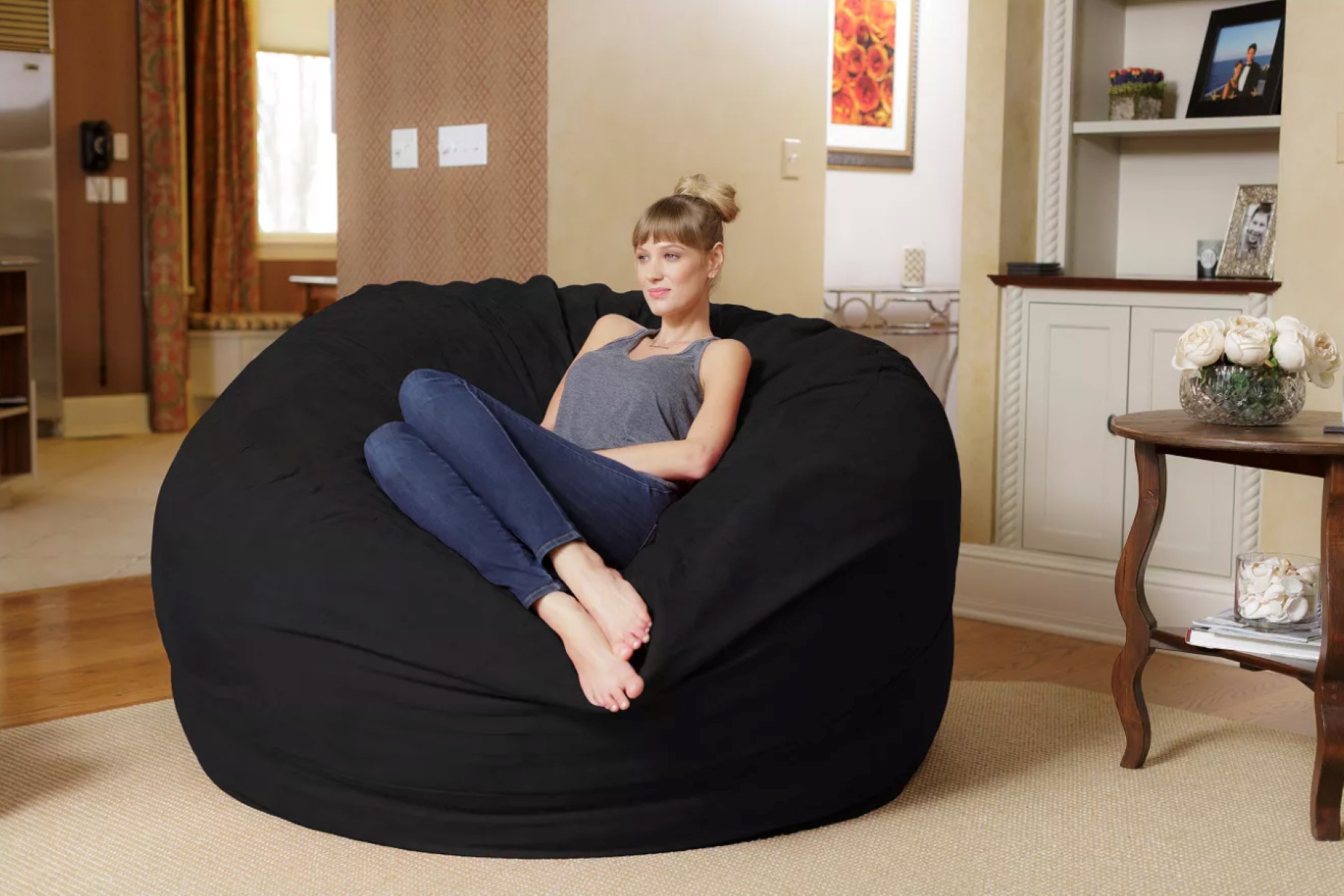
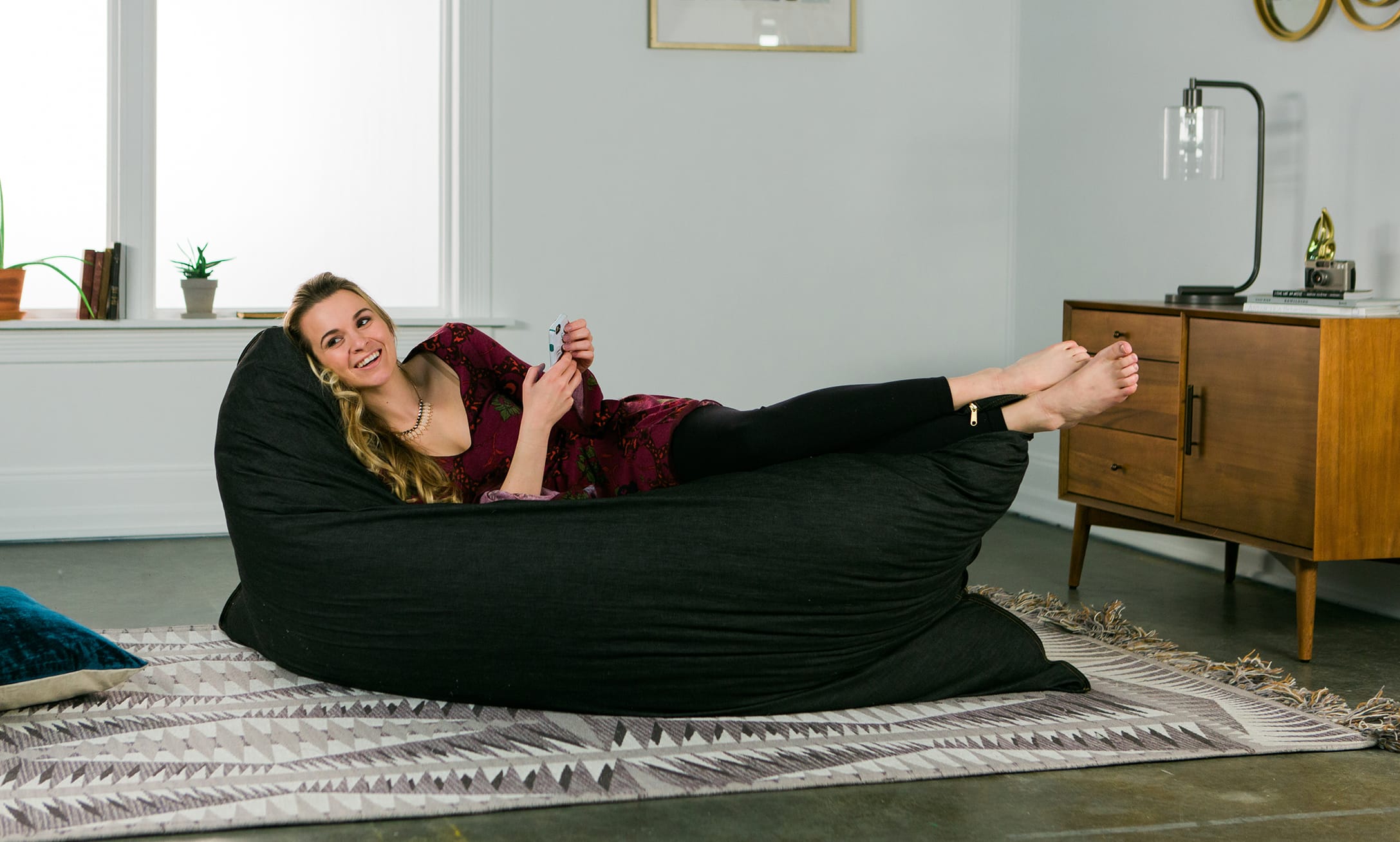
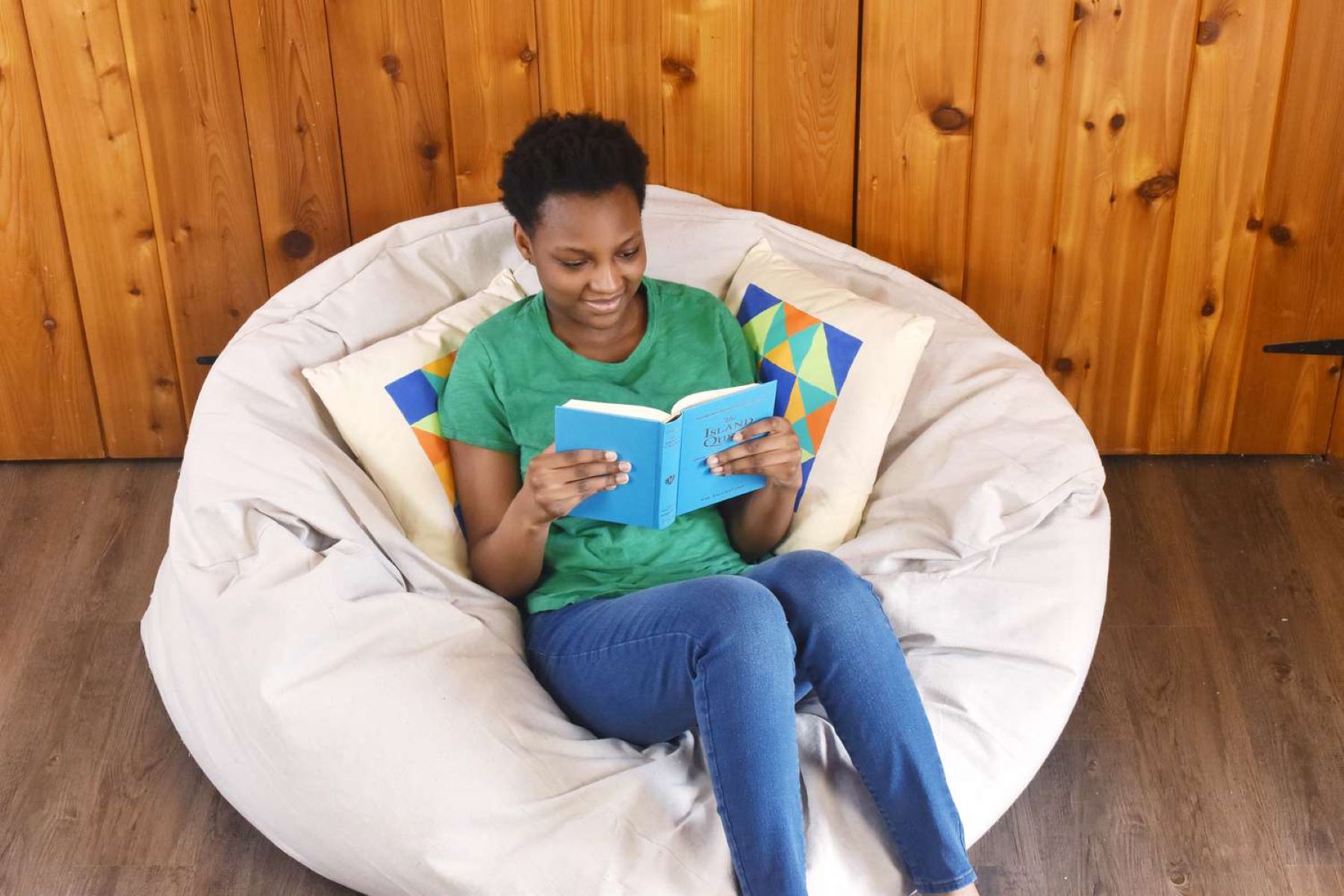
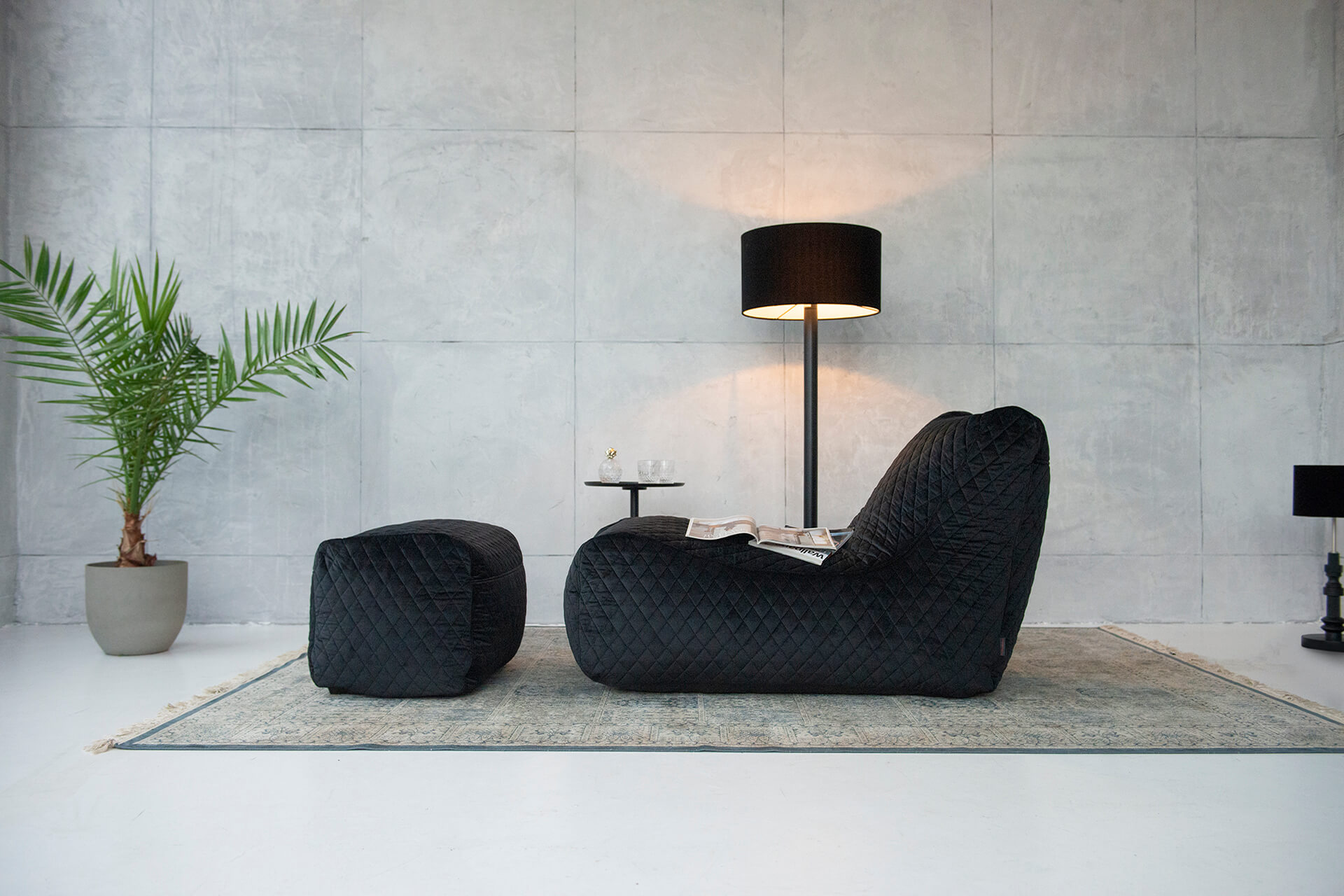
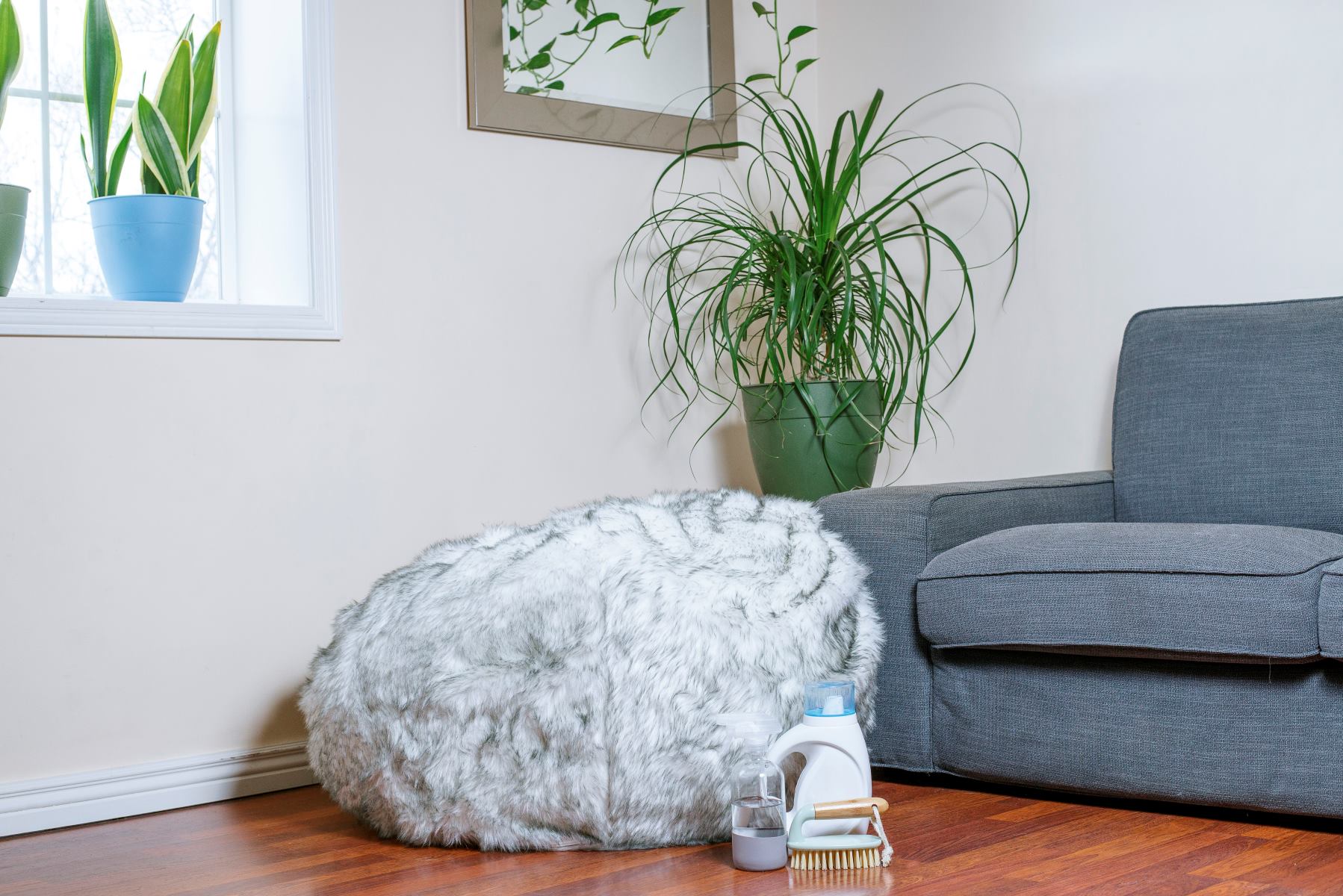
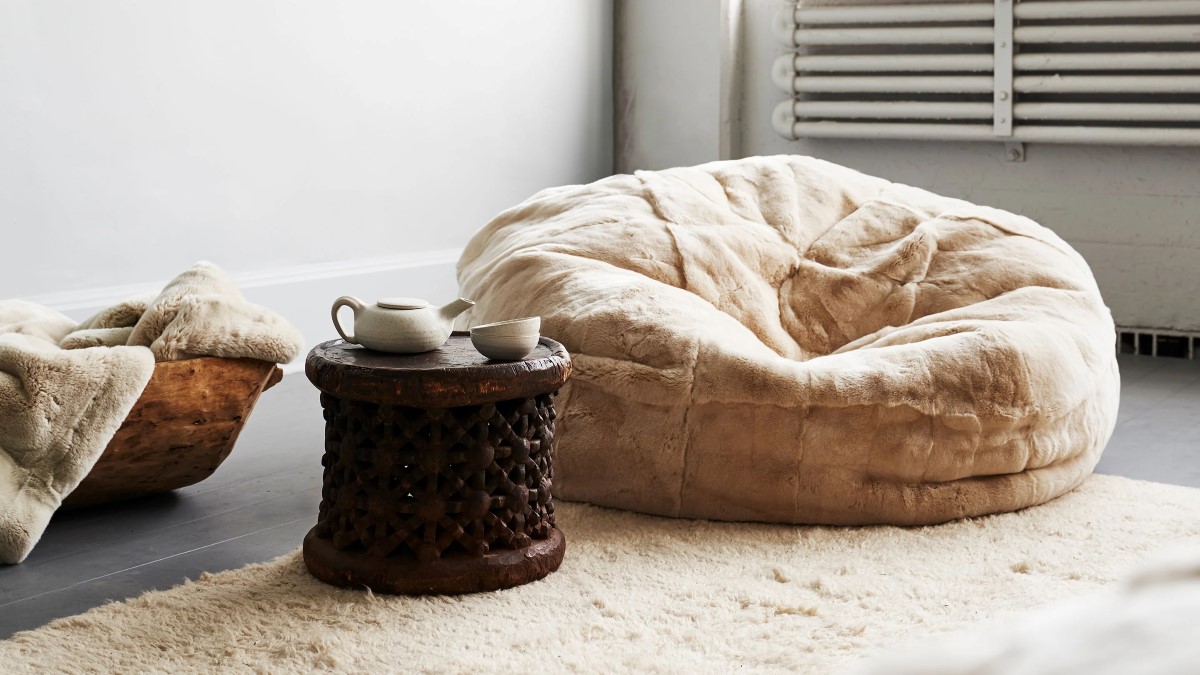
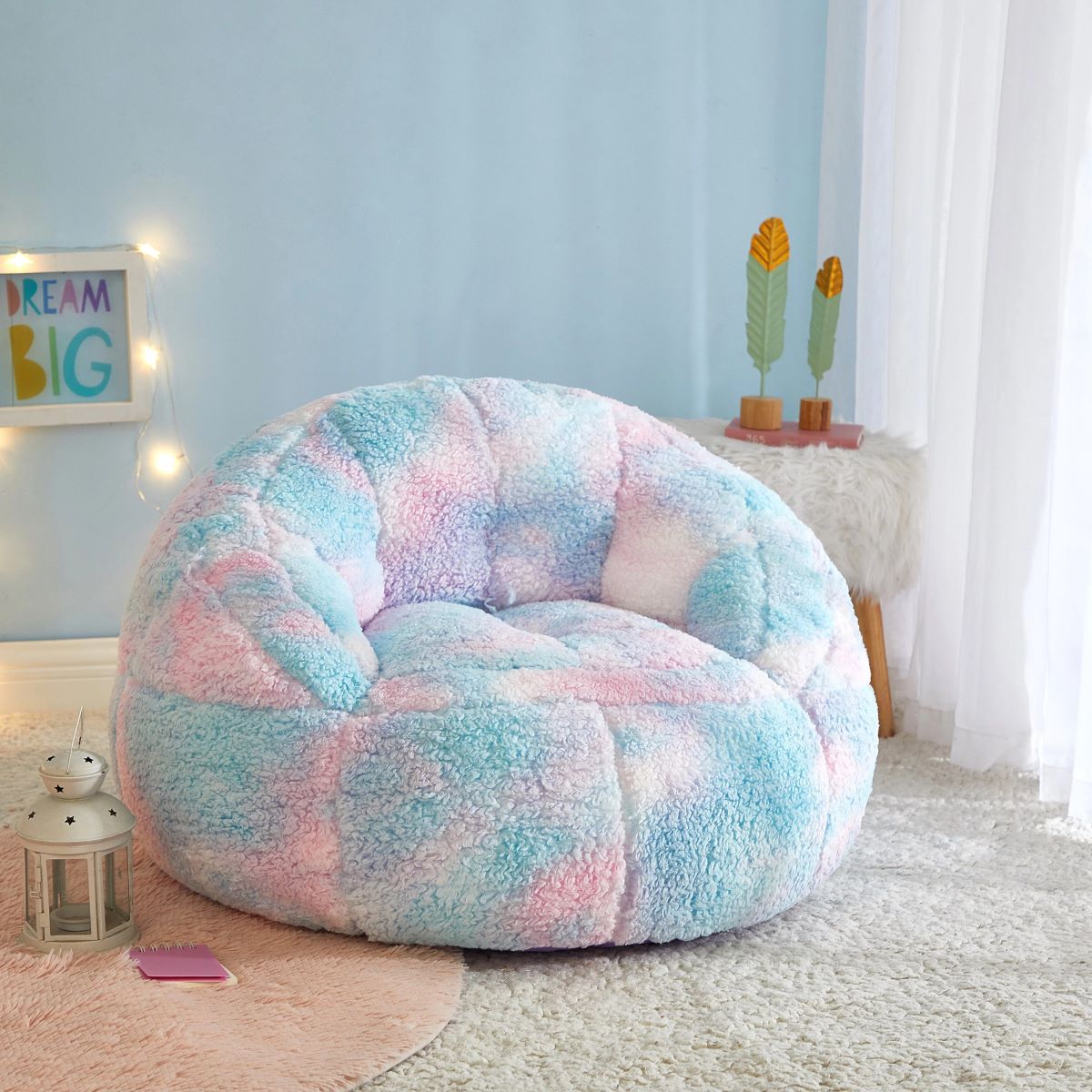
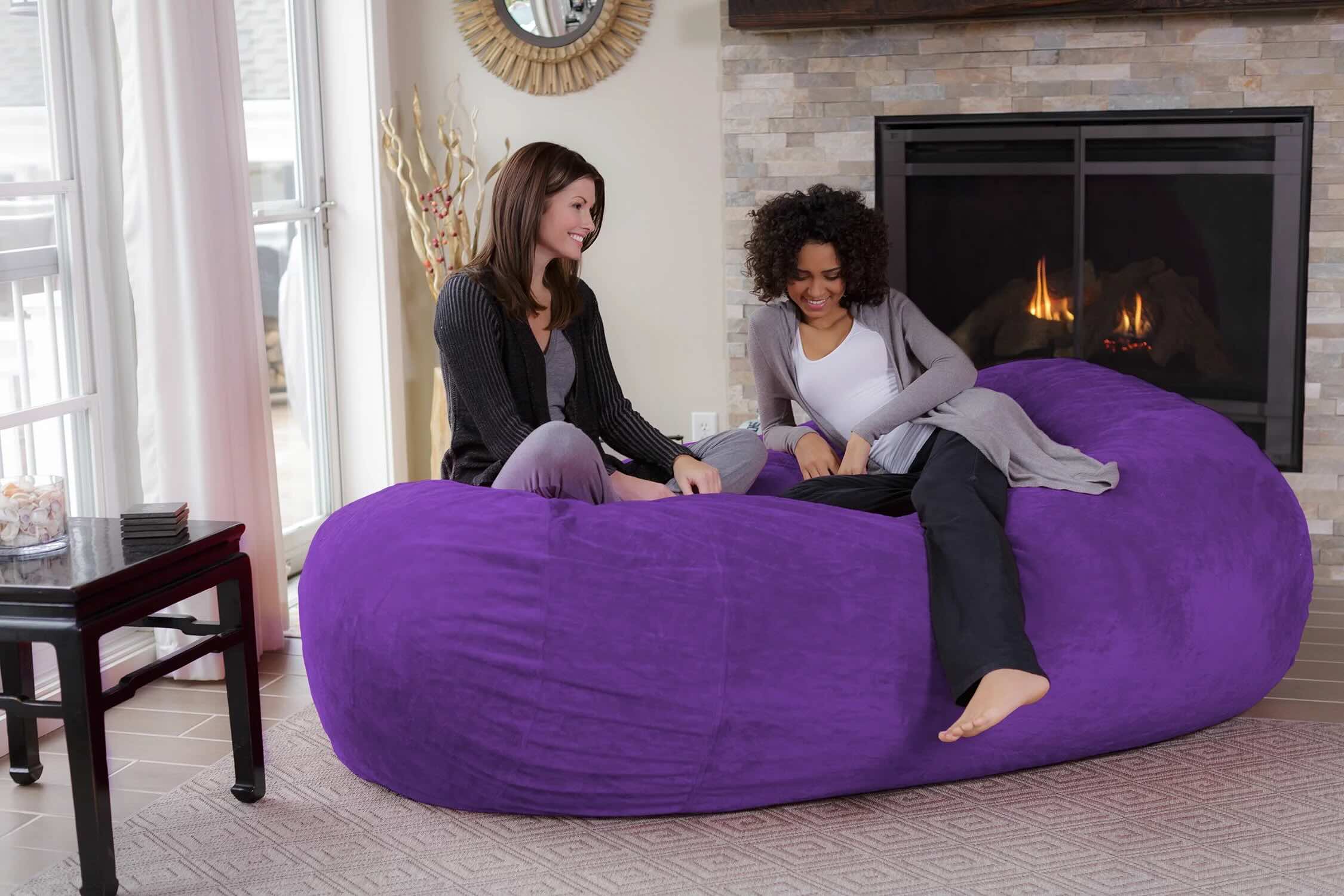
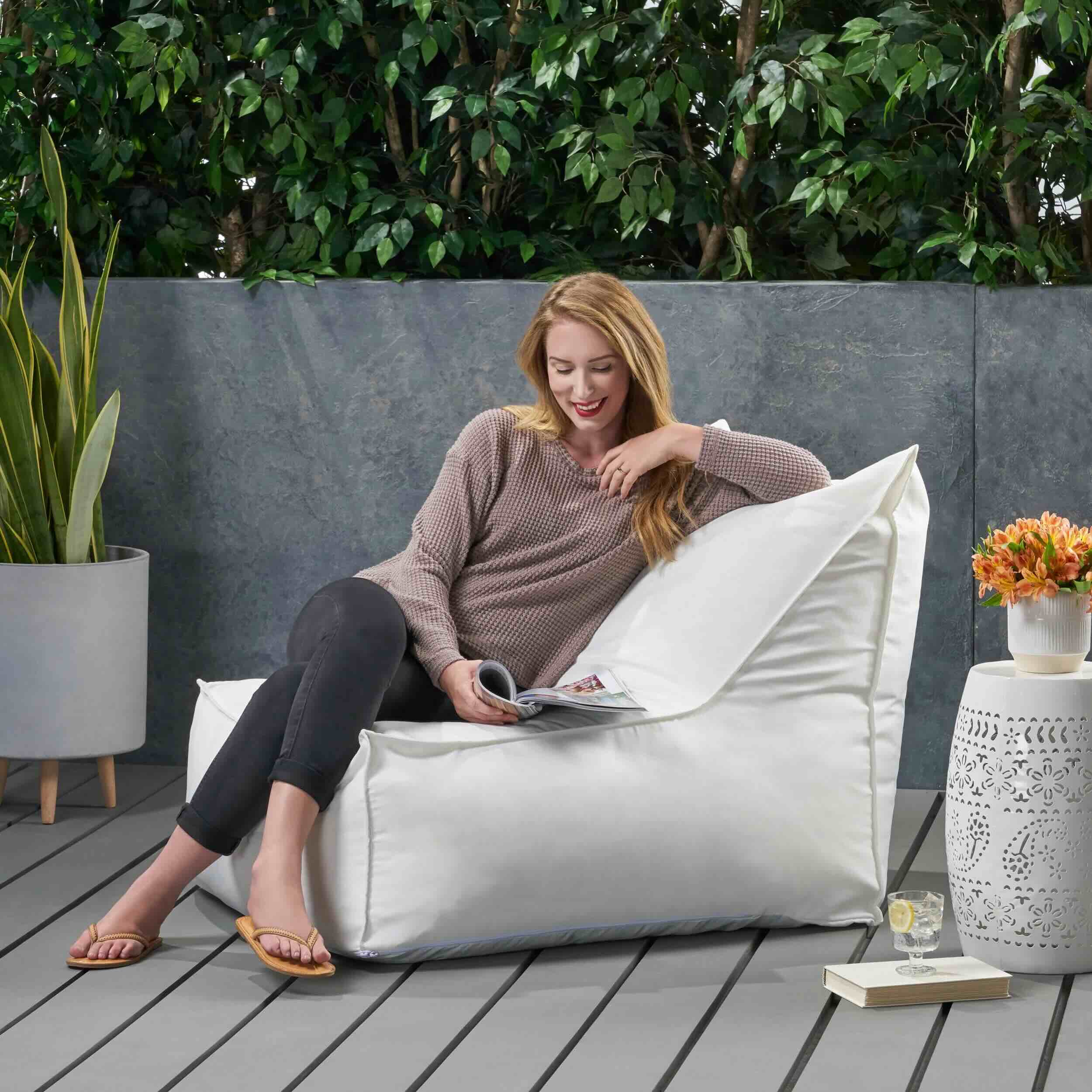
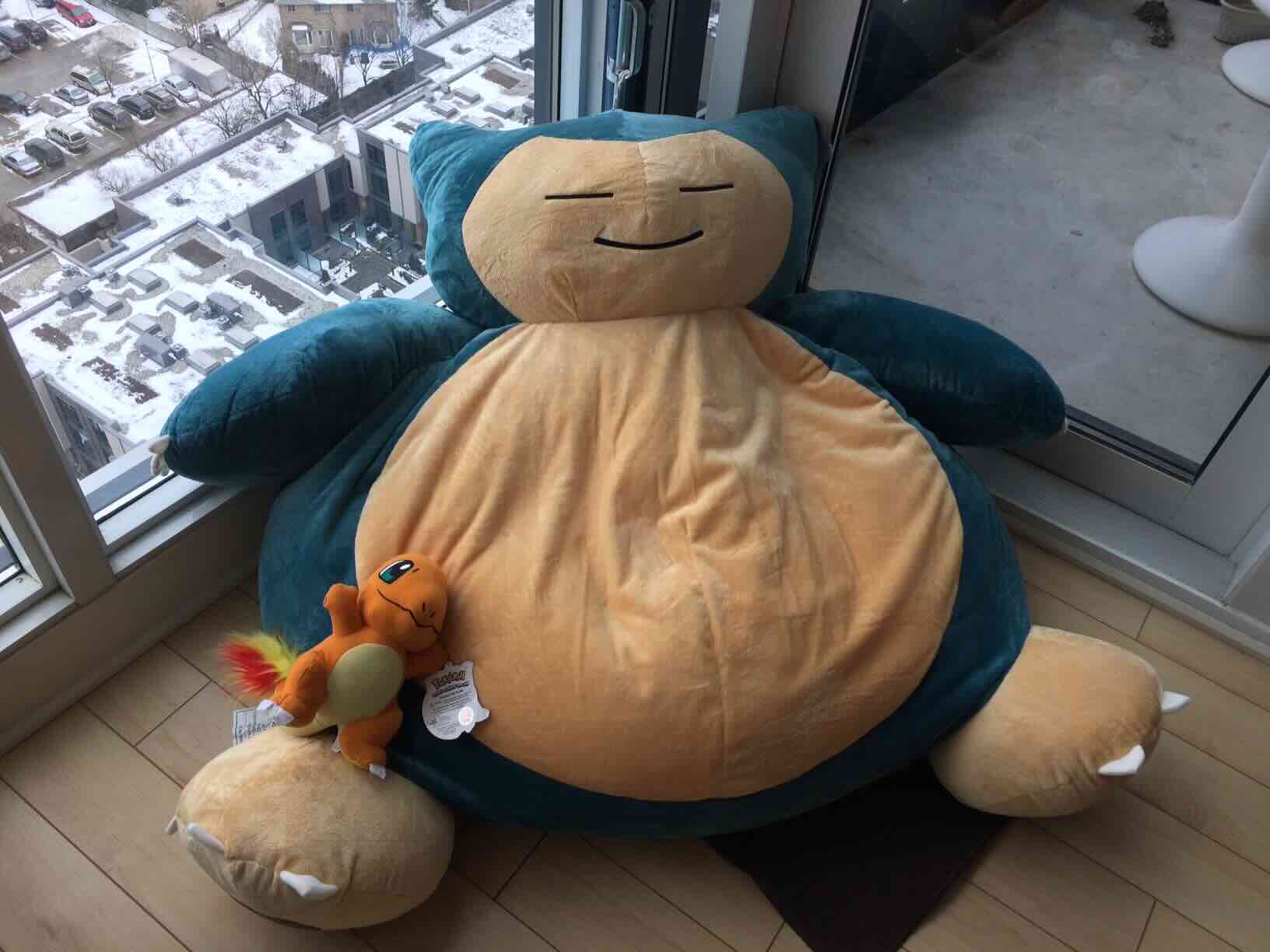
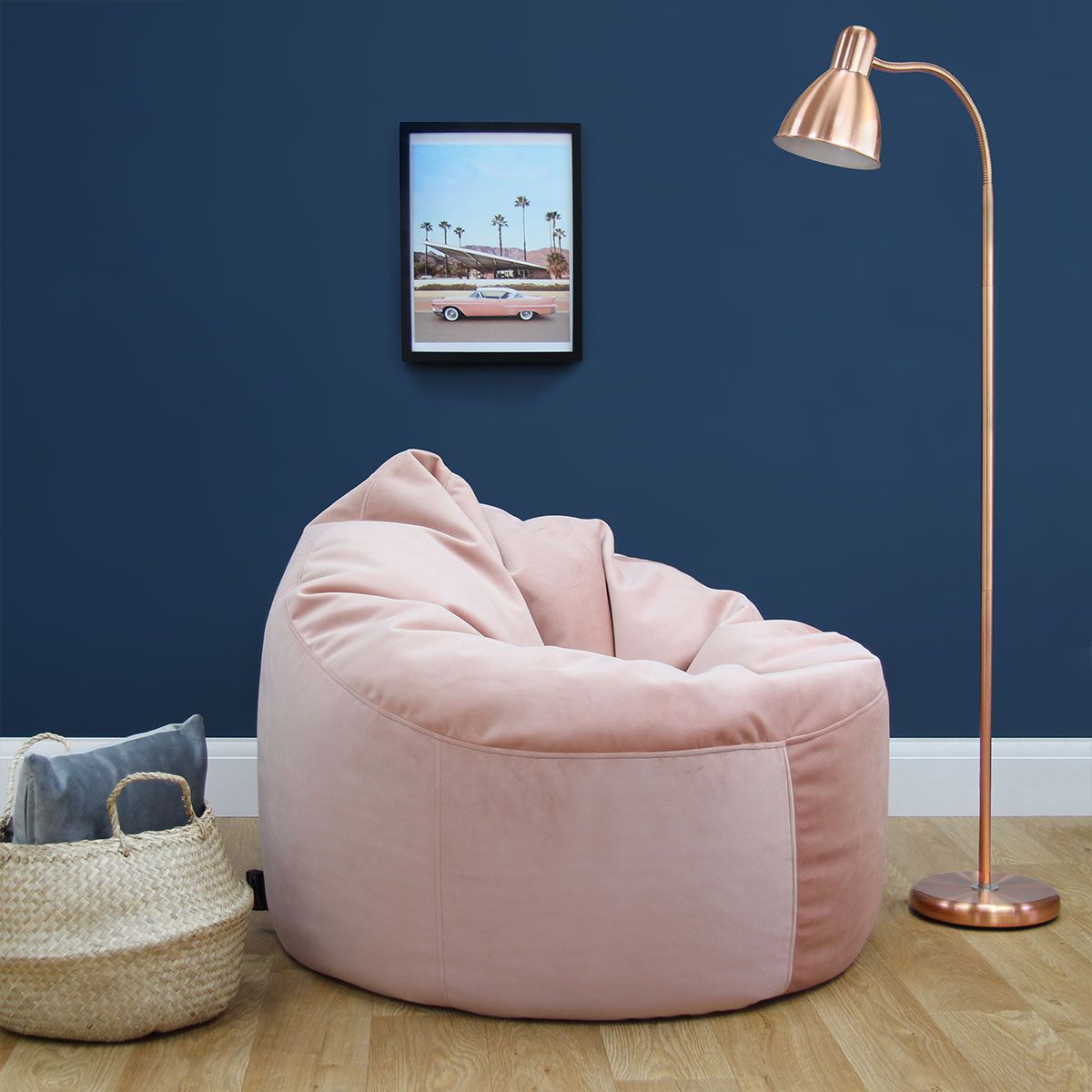


0 thoughts on “What Is The Best Bean Bag Filler”